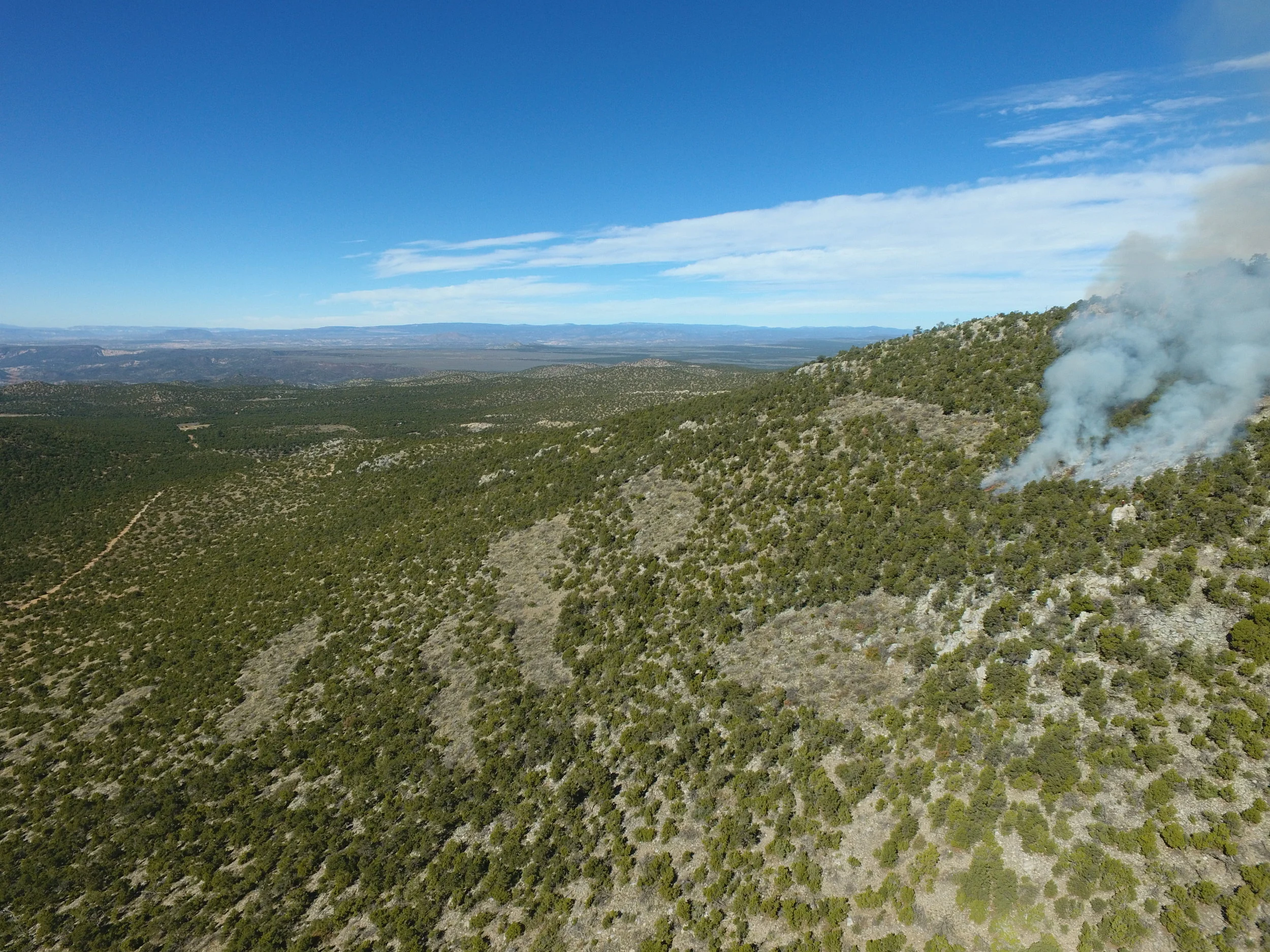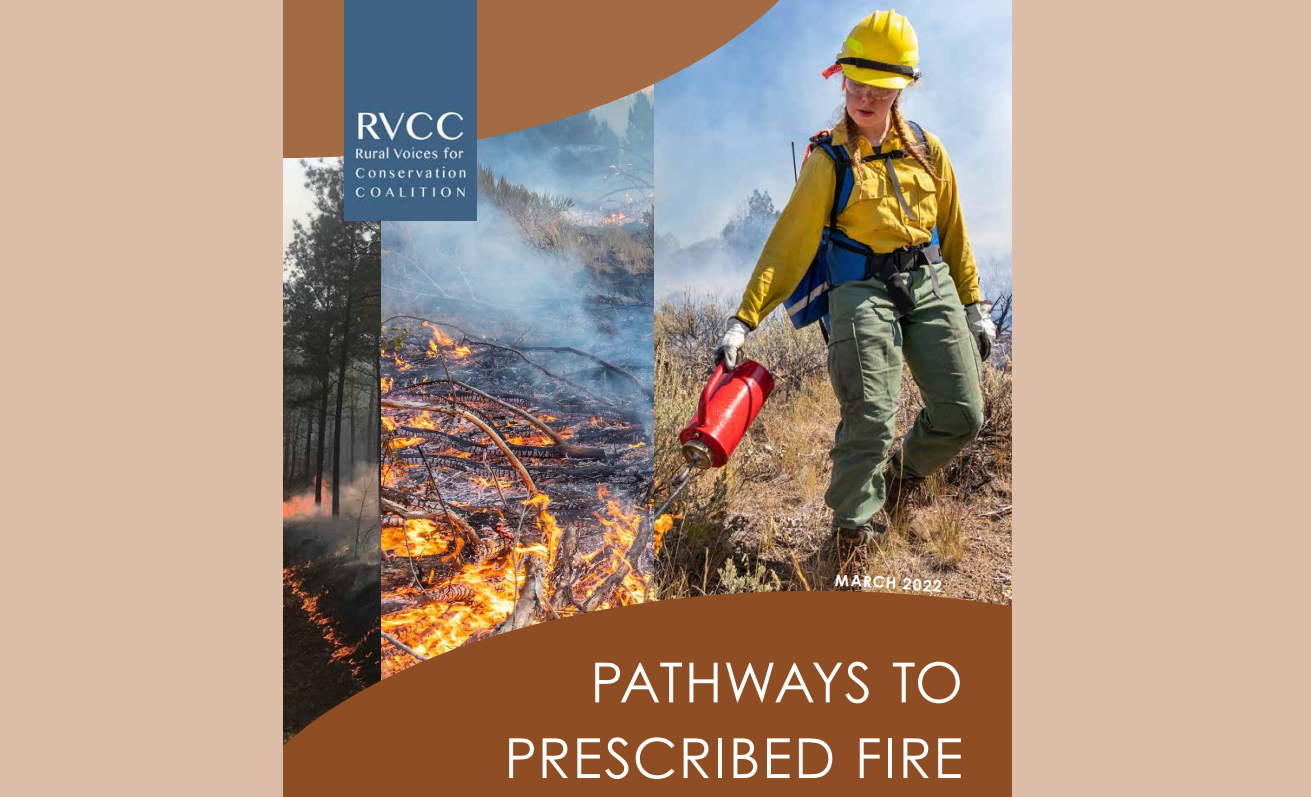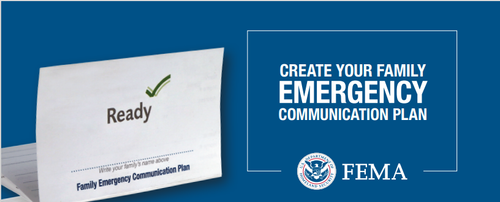Communities continuing to be impacted by recent wildfires across New Mexico can find recovery information through the After Wildfire NM website. Additional resources, including documenting your losses, getting debris removed, finding the right contractor, and more are available through United Policyholders and Coalitions and Collaboratives.
Hello and happy Wednesday, FACNM readers!
Living in a fire-prone landscape, sometimes it can feel like you’re being bombarded with a slurry of fire-related acronyms, organizations, and initiatives all vying for your attention - living with fire, fire science consortiums, fire adapted communities, firewise, fire smart, becoming fire ready, fire networks, fire resources. Today’s Wildfire Wednesday aims to help you better become prepared for wildfire by laying out some of the key differences between two primary fire-preparedness initiatives: Fire Adapted Communities and Firewise USA.
Today’s Wildfire Wednesday features information on:
Simplifying Firewise and FAC
Which one is for me?
Plus, opportunities to Learn More through a wildfire solutions webinar series and TNC’s cultural forestry virtual learning event
Best,
Rachel
Simplifying Firewise and FAC
What is Firewise?
The Firewise USA recognition program is administered by the National Fire Protection Association (NFPA) and provides a collaborative framework to help neighbors in a geographic area get organized, find direction, and take action to increase the ignition resistance of their homes and community and to reduce wildfire risks at the local level.
Firewise focuses primarily on homeowner and resident fire mitigation before a wildfire. Their recommended mitigation actions include home hardening, fortification of the home ignition zone, organization of a Firewise community board, neighborhood risk reduction activities, and joining the program as a Firewise USA Site.
Through risk assessments, community organization, and individual and collective action, the goal of Firewise is to effectively lower community susceptibility to fire.
New applications can be completed online at portal.firewise.org. More information on creating a firewise home and community can be found below.
What is the Fire Adapted Communities (FAC) Framework?
Fire Adapted Communities is a comprehensive framework for community wildfire resilience. It is a way of thinking about how to live better with wildland fire. A fire adapted community is one which understands its risk and takes action during all phases of the wildfire cycle - before, during, and after - to be more resilient. FAC was born out of the 2009 National Cohesive Wildland Fire Management Strategy.
View the FAC community resilience framework and suite of actions by clicking on the graphic to the right.
FAC looks beyond residents and individual actions and broadens the scope of what it means to be fire ready.
FAC encompasses the Fire Adapted Learning Network, a peer learning and professional relationship-building initiative. FAC Net connects people to resources and to other practitioners so they can share approaches, tailor strategies for their place, and make a difference in wildfire outcomes on-the-ground. They combine support for on-the-ground project work with professional development, peer learning and coaching, and long-range strategic planning.
Which one is for me?
Choosing the best program for your community
Firewise and FAC grew out of the same need - to build fire ready communities - and there is a lot of overlap between the two initiatives. Firewise is an important program that supports FAC concepts and wildfire resilience and the two approaches compliment one other.
If you, as an individual or community, are just getting started with your fire adapted journey, Firewise offers an approachable and straightforward suite of actions to build leadership, community cohesion, and to encourage people to mitigate their individual risk.
If you are ready to begin interfacing with your peers, learning more about the science, technology, and lessons learned behind wildfire, and want to access additional resources for education, community programs, and comprehensive resilience through all phases of wildfire, FAC will be a good fit.
Your local chapter - Fire Adapted New Mexico - offers involvement at three levels: Leader, Member, and Affiliate. Each level of involvement is associated with increasing expectations, but also a greater pool of resources. Read about the FACNM membership structure and how to get involved here.
Learning networks are formed to facilitate the exchange of information, spark innovation, increase coordination, and bolster members’ ability to adapt knowledge to local challenges. The purpose of the FACNM network is to create a space for people who want to be part of a network to allow for two-way communication and exchange of ideas and lessons learned.
Learn More!
Sparking Solutions Webinar Series
Resources for the Future is hosting a three-part webinar series on Meeting the Wildfire Challenge.
Part 1: The Fuels Management Challenge and Opportunity; Examining the role of fuels management in mitigating the impacts and intensity of wildfires
Watch the recording and read about the conversation here.
Part 2: Reducing Risk at the Wildland-Urban Interface; a conversation exploring the benefits and challenges of addressing the WUI problem
October 12th at 1:00 - read about the webinar and RSVP here.
Part 3: Wildfire Risks and Insurance
Details to be announced. Keep an eye on this webpage to learn more.
Cultural Forestry Virtual Learning
In July of 2022, The Nature Conservancy - New Mexico Chapter held a virtual learning event on Enabling Sustainable Traditional and Cultural Forestry Practices. The event illuminated how Forest Councils in New Mexico allow communities to get the wood needed to heat their homes and cook their meals while improving forest health.
You can now read about cultural forestry through this blog from TNC or by watching a recording of the virtual event here.
Updates on the Calf Canyon Hermits Peak Wildfire
A government spending bill was passed Friday (9/30) which provides an additional $2.5 billion in relief aid to those affected by New Mexico’s largest wildfire. The funds will be distributed through FEMA. Read more about it here.





































































































